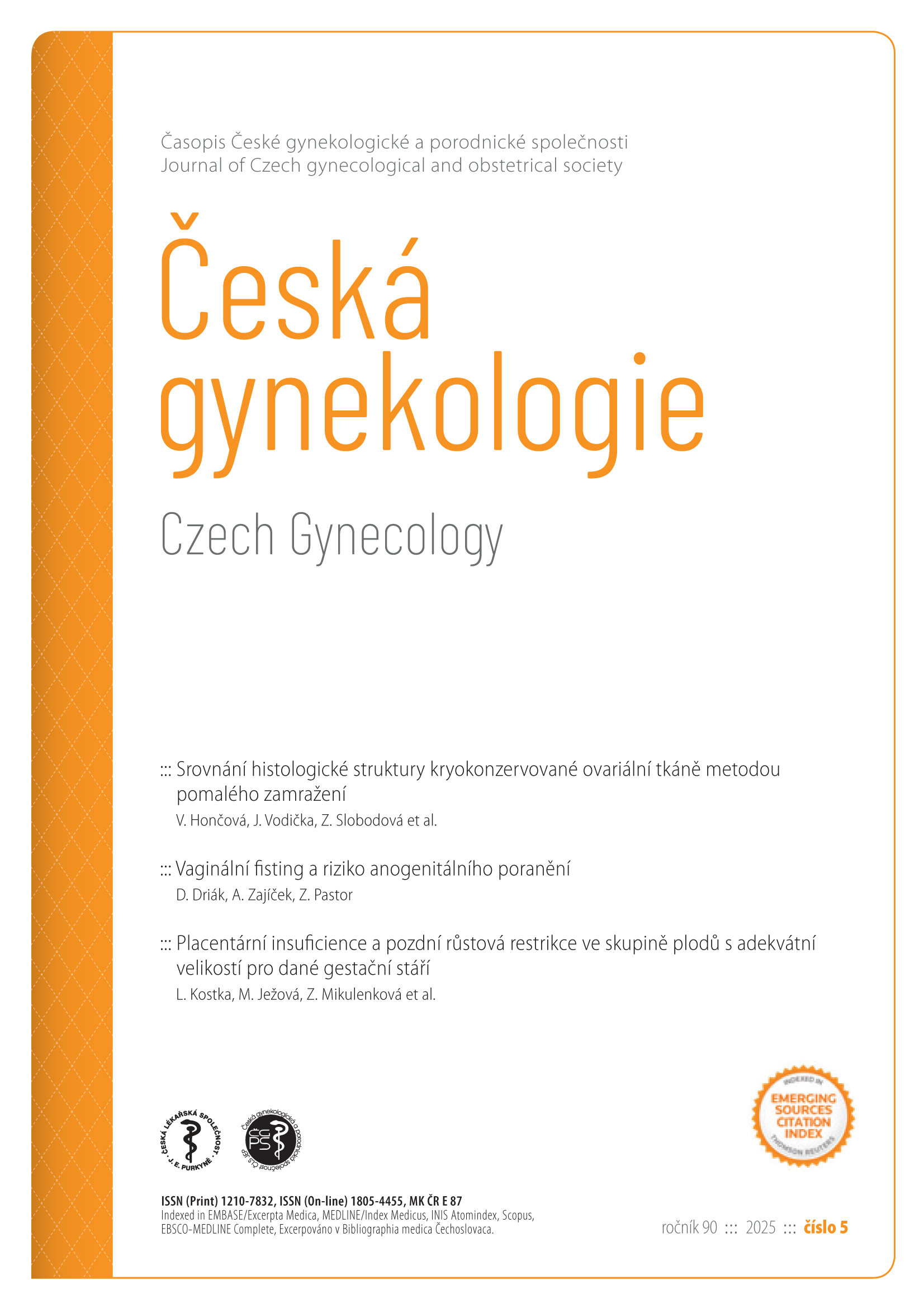Placental insufficiency and late-onset growth restriction in fetuses appropriate for gestational age
Keywords:
placental insufficiency, doppler ultrasound, biochemical markers, placental histopathology, late-onset fetal growth restrictionAbstract
Fetal growth restriction is a condition in which the fetus fails to reach its genetically determined growth potential, most often as a result of impaired placental function. The late-onset form, which develops after 32 weeks of gestation, poses a significant diagnostic challenge due to its subtle clinical and sonographic manifestations. Placental insufficiency is usually associated with pregnancies that meet the established diagnostic criteria for fetal growth restriction. However, there is increasing evidence to suggest that even fetuses with an estimated weight appropriate for gestational age may be affected by a subclinical form of this condition. Typical features of advanced placental dysfunction include abnormal Doppler flow patterns, a slowed fetal growth trajectory, altered levels of maternal serum biomarkers, and specific histopathological findings in the placenta. Despite advances in prenatal diagnostics, there is still no reliable tool capable of identifying pregnancies complicated by placental insufficiency in a timely manner, especially in cases without overt fetal growth deviation. This diagnostic gap limits our ability to identify fetuses at increased risk of adverse perinatal outcomes.





